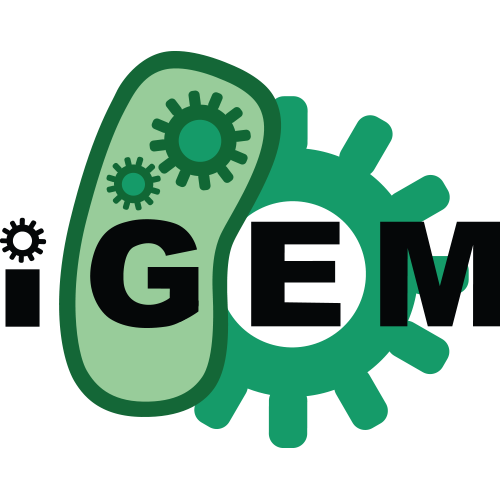Source:
Generated By: https://synbiohub.org/public/igem/igem2sbol/1
Created by: Funda Guzey
Date created: 2010-10-01 11:00:00
Date modified: 2015-05-08 01:12:11
H77T mutated CooA from Rhodospirillum rubrum
| Types | DnaRegion |
| Roles | CDS Coding |
| Sequences | BBa_K352008_sequence (Version 1) |
Description
This part is the mutated version of CooA protein coding sequence. The mutation involves conversion histidine to threonine at 77th amino acid. The binding strength of pCooF to CooA is expected to diminish.CooA is a heme-containing transcriptional activator that enables Rhodospirillum rubrum to sense and grow on CO as a sole energy source.
CooA is a member of a family of transcriptional regulators similar to the cAMP receptor protein and fumavate nitrate reduction from Escherichia coli. The protein is active in sequence-specific DNA binding in the presence of CO, but not in the absence of CO. The protein to be a dimer in the absence of CO. The product, CooA, is 28% identical (51% similar) to CRP(cAMP receptor protein) and 18% identical (45% similar) to FNR(fumavate nitrate reduction) from Escherichia coli.
Inactive Fe(II) CooA structure adapted from that of the strain with PDB identification no. 1FT9. The protein consists of two monomers, shaded differently, which dimerize along the central C-helices of adjacent effector-binding domains. The solved structure is asymmetric, in which one monomer contains fused C- and D-helices. Nonetheless, both F-helices that interact with DNA in a sequence-specific manner are buried from the surface in the structure. The 4/5 loop is noted and so are the Pro2 and His77 heme Fe(II) ligands.
Notes
The sequence information was acquired from NCBI and physical DNA was synthesized from GENEART. Classical cloning strategies(restriction digestion) were used to produce biobricksSource
de Vooght KM, van Wijk R, van Solinge WW. Management of gene promoter mutations in molecular diagnostics. Clin. Chem.55(4),698???708 (2009)| Sequence Annotation | Location | Component / Role(s) |
| Start Codon | 131,133 | feature/start start_codon |
